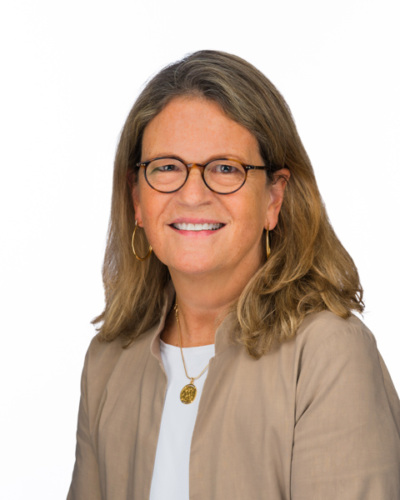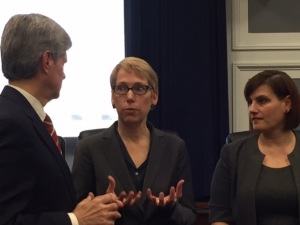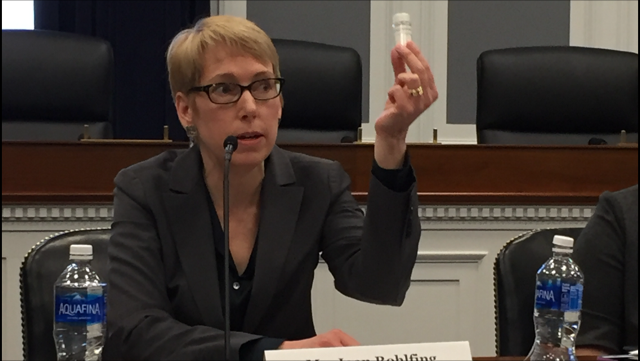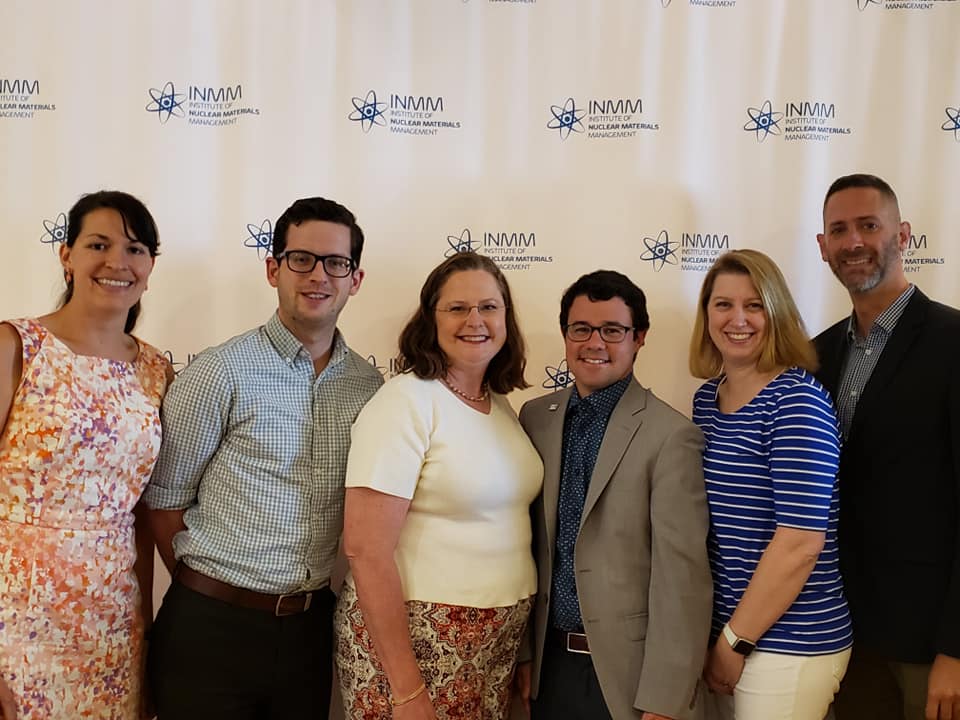
Mimi Hall
Vice President, Communications
Atomic Pulse
NTI President Joan Rohlfing and terrorism expert Bruce
Hoffman, director of the Center for Security Studies at Georgetown University,
warned on Friday that increasingly capable terrorists around the globe are
intent on acquiring and using weapons of mass destruction. They said much more
needs to be done to properly secure vulnerable nuclear and radiological
materials that could be used to build devastating bombs.
The pair spoke Friday at a Capitol Hill panel discussion
hosted by the bi-partisan Congressional Nuclear Security Working Group.
Congressmen Jeff Fortenberry (R-NE), Pete Visclosky (D-IN), and Chuck
Fleischmann (R-TN), all members of the group, spoke about the need for greater understanding
of nuclear threats. Rep. Don Beyer, D-Va., also attended the discussion, which
drew a standing room-only crowd of Hill staffers and nuclear security experts.

Rohlfing called the nuclear threat “the greatest existential
threat that nobody has ever heard of” and said the lack of public awareness of nuclear
and radiological threats is “troubling.”
Her presentation included an outline of two strategies for
helping to reduce the risk that terrorists will steal or buy on the black
market enough material to build a nuclear weapon. The first:
reducing and eliminating the amount of fissile material worldwide; second: where
it remains, securing it to the best standards possible.
She cited progress over the course of four Nuclear Security
Summits but said there is still no effective global system or set of standards
in place to keep the materials secure.
Turning to the threat posed by radiological materials, such as Cesium-137 which is used in hospital blood irradiators, Rohlfing held up a small vial of white powder to illustrate how
little material would be needed to build a radiological “dirty
bomb.” Rohlfing said NTI has been working with officials in Atlanta, New York
and California to remove cesium sources from hospitals and replace it with safe, alternative
technologies.
“This ought to be a nationwide initiative,” she said, “and
this is where Congress can play a role.”
Sign up for our newsletter to get the latest on nuclear and biological threats.
A panel of experts spoke about domestic violent extremist threats to nuclear security at the Institute of Nuclear Materials Management's (INMM) 63rd Annual Meeting.
Nuclear Security is Only as Strong as the Weakest Link: 2020 NTI Index Highlights Cybersecurity and Insider Threat Prevention
What Were Hundreds of Nuclear Policy Wonks Doing in the California Desert? #INMM19!



